TBM 13/52: Asking Better Questions (Part 2)
I have a book for sale! You can read it free here. Or download the ebook here. Or tip.
In this post I am going to briefly describe a board design I use to elicit questions. At the day-job (Amplitude) I use this with customers/prospects to tease out questions we can answer with analytics and quantitative data. But it works well for questions to guide qualitative research as well. This is an evolution of this post with a focus on a specific technique for eliciting better questions.
Here is a link to the public Miro board and a PDF
I may not have time to complete this within my time-box this evening, but I’ll try.
The Board
Columns
At the top of the grid we have three columns:
Strategy
Opportunities
Interventions
Defining strategy is beyond the scope of this post, but for the sake of having fun I'm going to go with John Boyd:
“What is strategy? A mental tapestry of changing intentions for harmonizing and focusing our efforts as a basis for realizing some aim or purpose in an unfolding and often unforeseen world of many bewildering events and many contending interests.” —John Boyd
Opportunities are potential leverage points that are congruent with our strategic tapestry. And interventions are the things we "try", and focus on those leverage points. As we go left to right, things get more specific and prescriptive.
I show divergence and convergence for all three columns. Why? Because you don't align on a strategy immediately. And you don't want to go with what pops into your mind on day one. Same for opportunities and interventions. Product work is a back and forth between divergence and convergence. We are never done. The problem is never “solved” (and not all problems are valuable to solve).
And yes, this forms a triple diamond:
Rows
The grid has three rows:
Decisions to inform
Assumptions to test
Impacts to understand. Progress to track
I've found over the years (surprise!) that not all people think the same way about framing questions and measurement. Some people seem wired to care about "how we're doing" (progress). Some people love the science framing with assumptions, and hypotheses. Some people are very focused on decision making frameworks. Of course, many people think about all three daily.
I include all three because they are helpful triggers to good conversations. They address WHY we measure...to reduce uncertainty related to decisions, assumptions, and impact.
This creates a nice grid:
Question Aids
In the section below the table I have a couple aids:
Diverge/Converge Question Mapping
A reminder that the questions we ask map to the diverge/converge cycle.
We diverge with exploratory and generative questions. We start converging with descriptive/diagnostic, and end the cycle with evaluative, confirmatory, or summative. To be honest, I haven't given much thought if these are the right placements. The point is to at least remind people that we must map.
Types of Questions
Next we discuss different types of questions. I combined information from this image (with no source) with a couple tweaks and additions. If you know the source, please tell me.
The goal here is to get people thinking about all the different types of questions! Just practicing these questions type can be valuable.
Powerful Questions, Ws and Hs, FINER, and PICOT
And finally we cover some useful tools:
Powerful Questions
A description of powerful questions from The Art of Powerful Questions, Catalyzing Insight, Innovation, and Action by Eric E. Vogt, Juanita Brown, and David Isaacs:
generates curiosity in the listener
stimulates reflective conversation
is thought-provoking
surfaces underlying assumptions
invites creativity and new possibilities
generates energy and forward movement
channels attention and focuses inquiry
stays with participants
touches a deep meaning
evokes more questions
The Ws and Hs (and more)
I threw this together as a fun way to construct questions.
The FINER criteria for good questions.
And PICOT...useful for framing very specific questions.
Using the Board
I’m near the end of the time-box, but I’ll try to summarize usage (and do a deeper dive in a future post).
Brainstorm the Question Target
Brainstorm decisions, assumptions, and things related to progress/impact that you care about. Place in either strategy, opportunities, or interventions. Link them if necessary. Then decide where you are at on the scale of divergence and convergence.
Example:
Should we even need to care about Amazon? Divergent | Strategy | Decision
All of those buttons go on the right. Convergent | Intervention |Assumption
New feature rollout Convergent | Intervention | Progress
OK. The world has shifted with regards to X, our strategy is still Y, how should we respond? Divergent | Opportunity | Decision (or maybe Assumption)
Pick Question Type
Then, use the question guide to determine the “right” type of question for that level of divergence or convergence. Example:
How is the feature rollout going? Convergent | Intervention | Progress
—> maps to Evaluative, Descriptive, and maybe Explanatory
OK. The world has shifted with regards to X, our strategy is still Y, how should we respond? Divergent | Opportunity | Decision (or maybe Assumption)
—> maps to Generative, Strategic, maybe Definitional (wrt X)
Brainstorm Questions
Now go to town and brainstorm related questions. Use the aids whenever they help. Practice powerful questions. Do rapid brainstorming with the Ws and Hs. And when you want to get specific, use FINER or PICOT.
Basic example:
All of those buttons go on the right.
The right of what? In relation to what?
Really, all?
What are we even calling a button?
How might we detect if that decision has the desired impact?
What is the desired impact?
Are there any standards here?
What about accessibility?
Prioritize Questions
Where would reducing certainty be the most valuable? Where is reducing certainty feasible?
Pick Appropriate Method/Tool
For another day/post…but always think “minimally viable measurement” (and I know MVP gets abused as an idea). What will help us reduce uncertainty in a helpful way? How can you make meaningful progress in terms of answering this questions?
Conclusion
That’s all I have for this week.
Was this at all helpful? Different type of post. Let me know


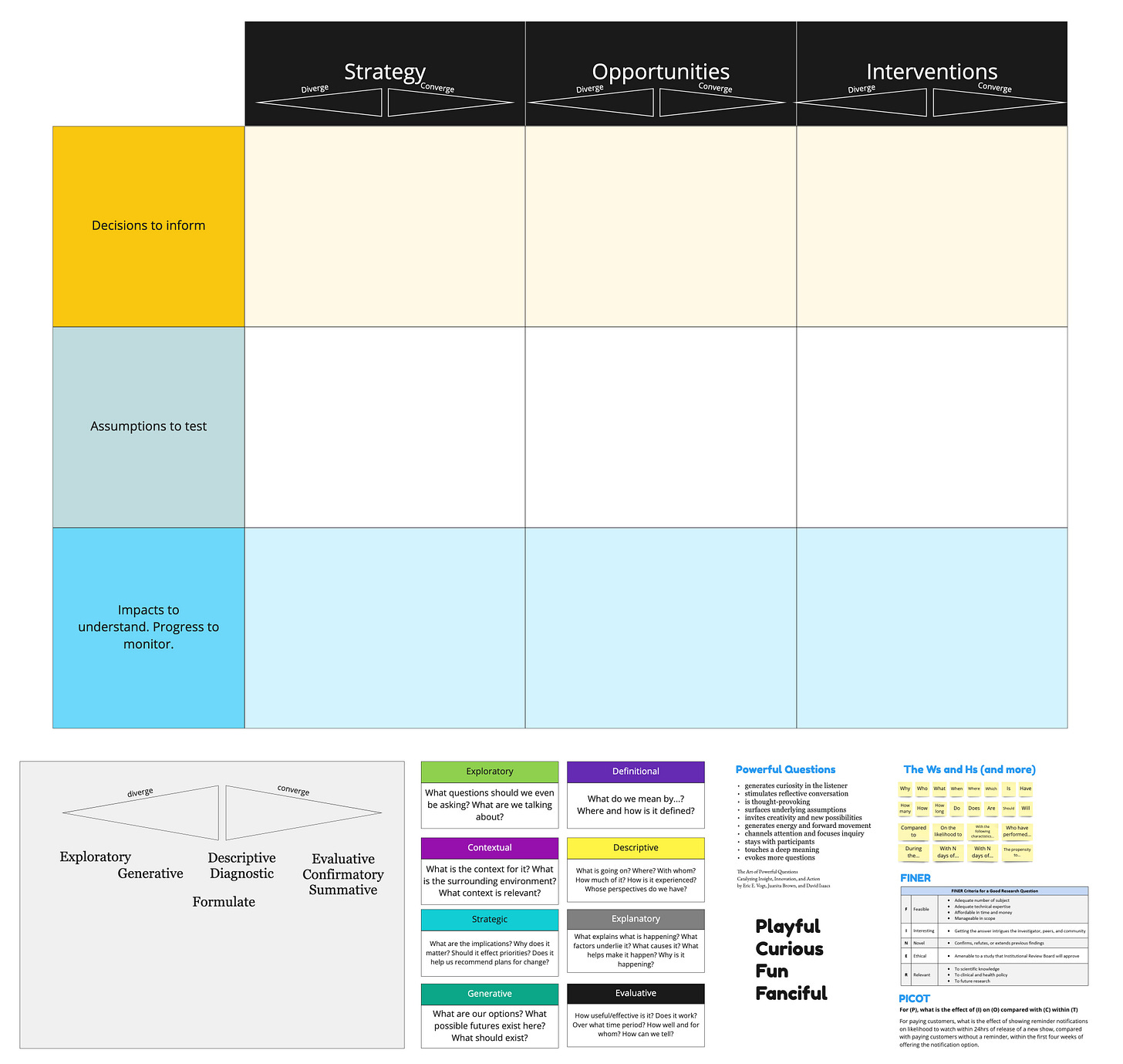

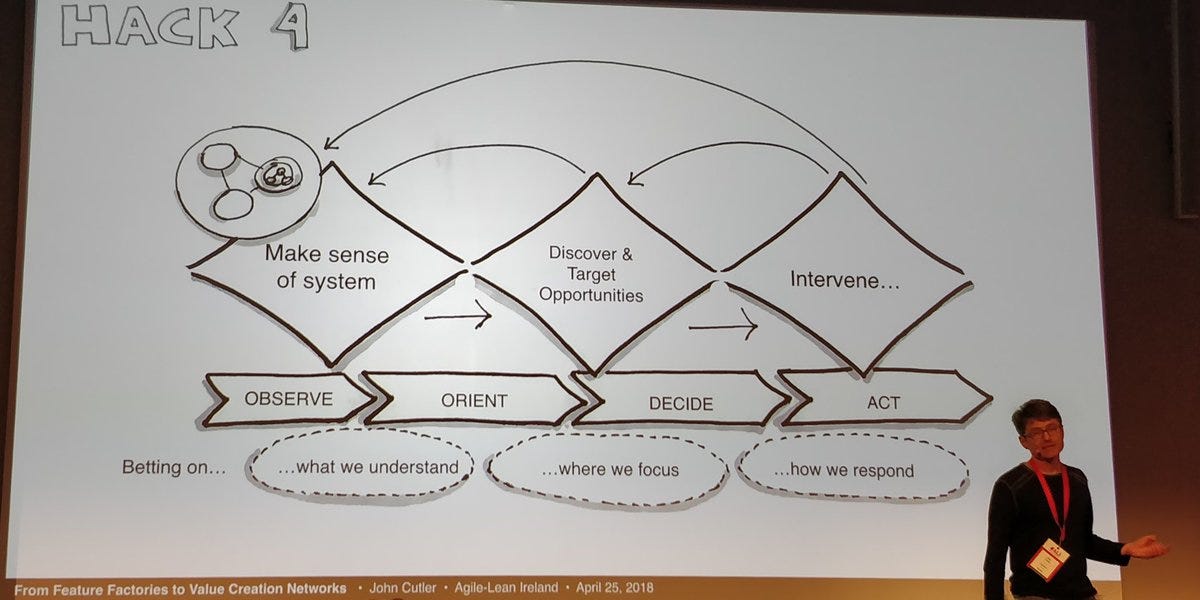
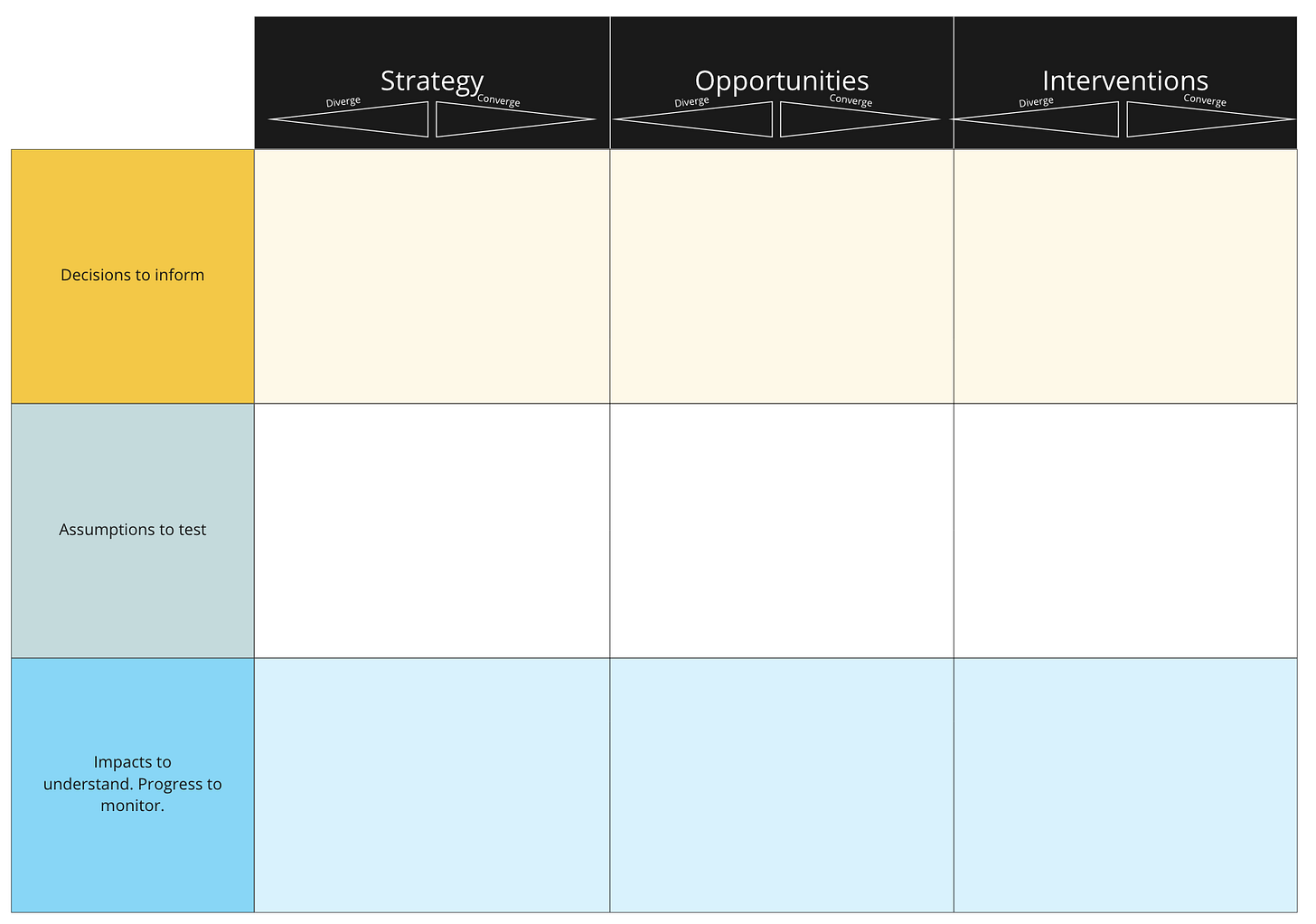
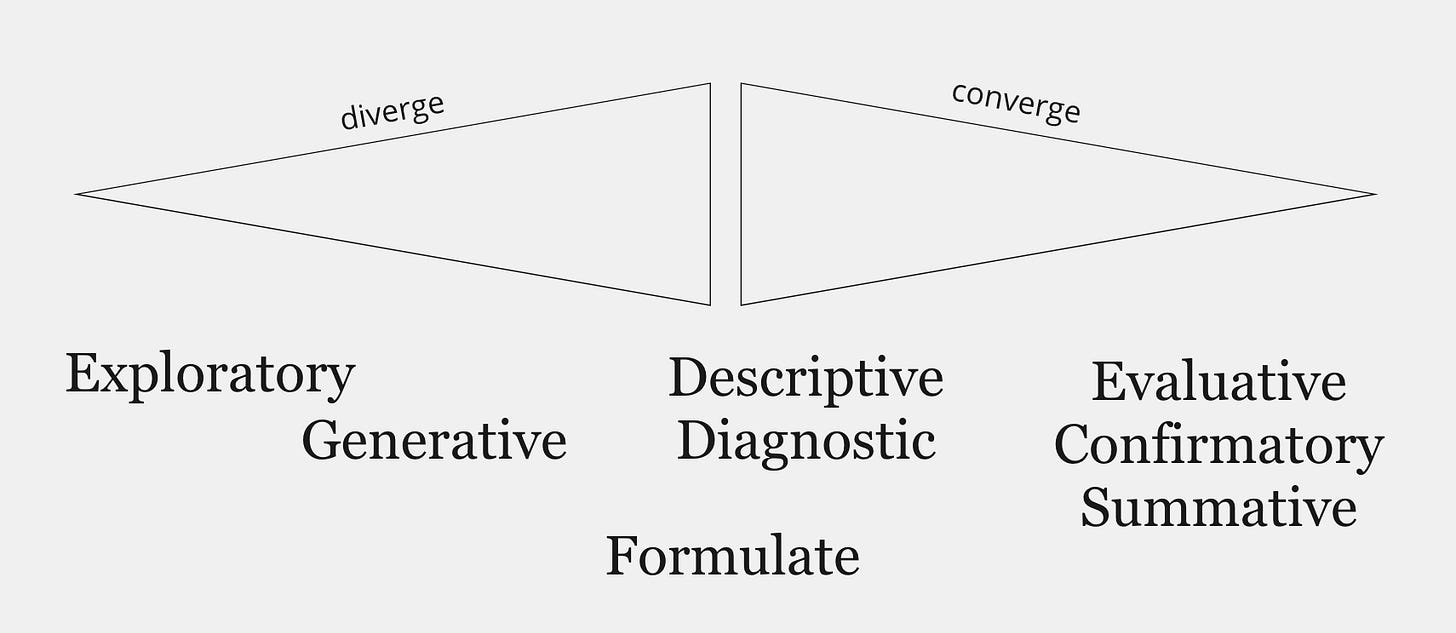
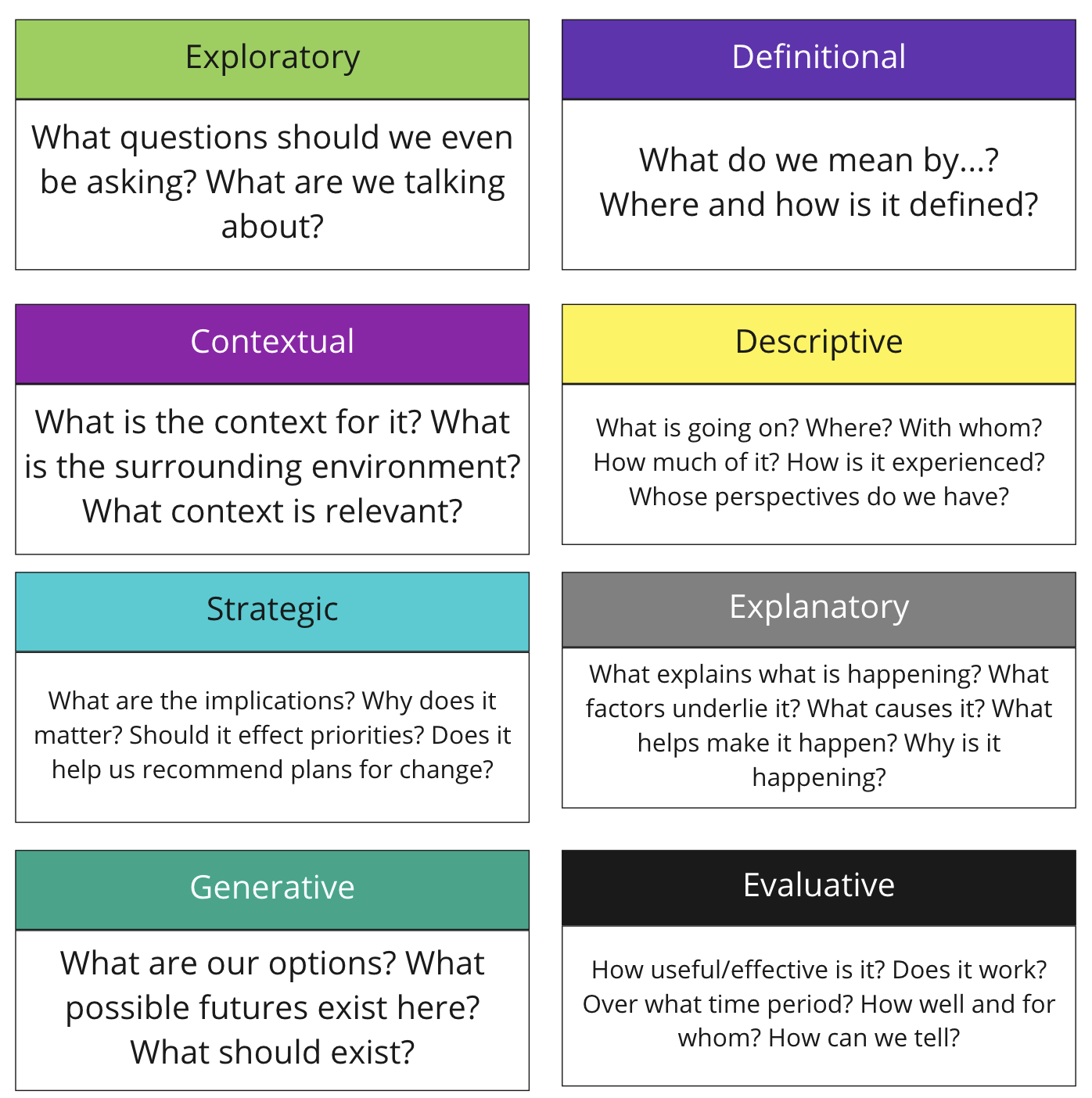
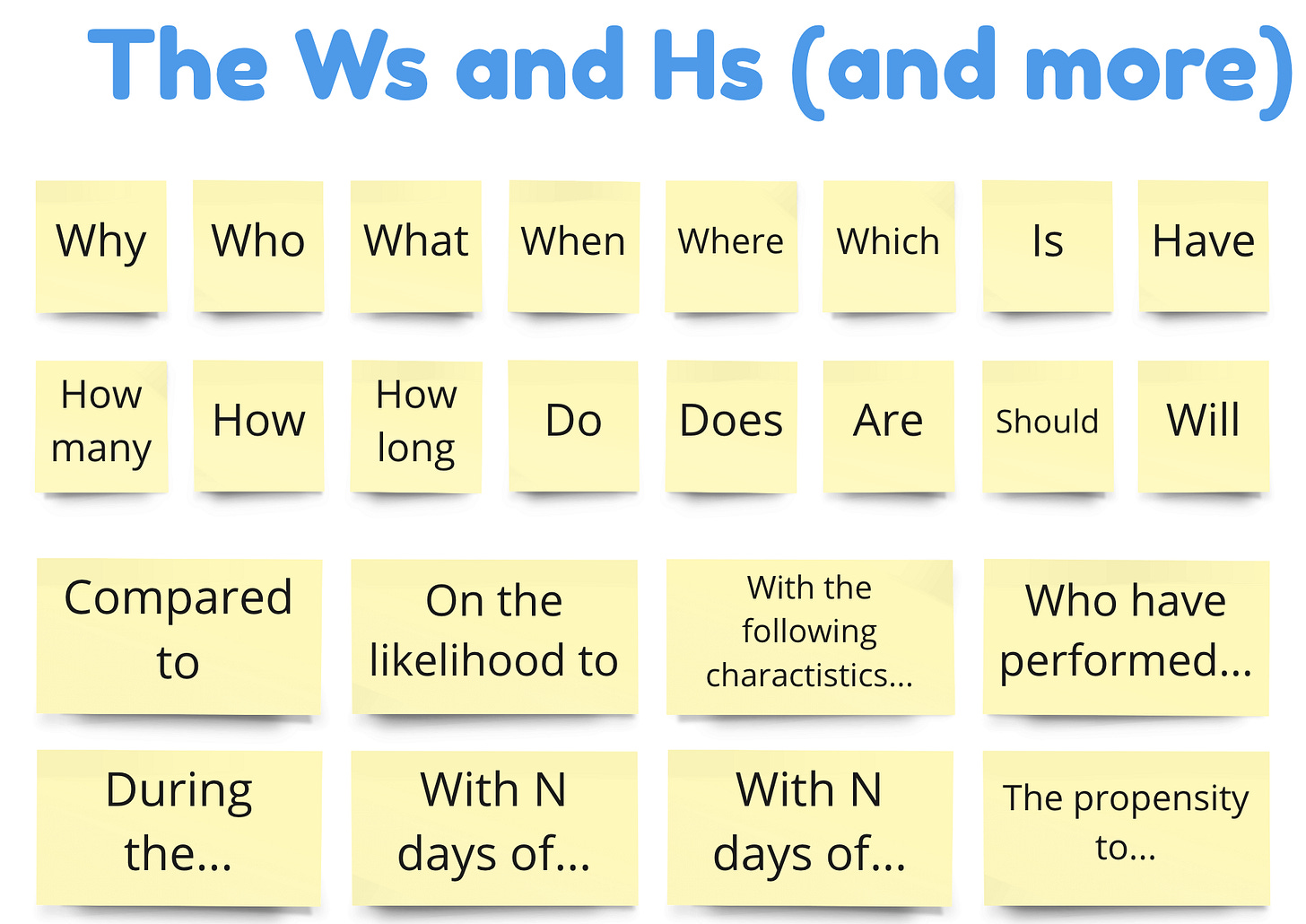
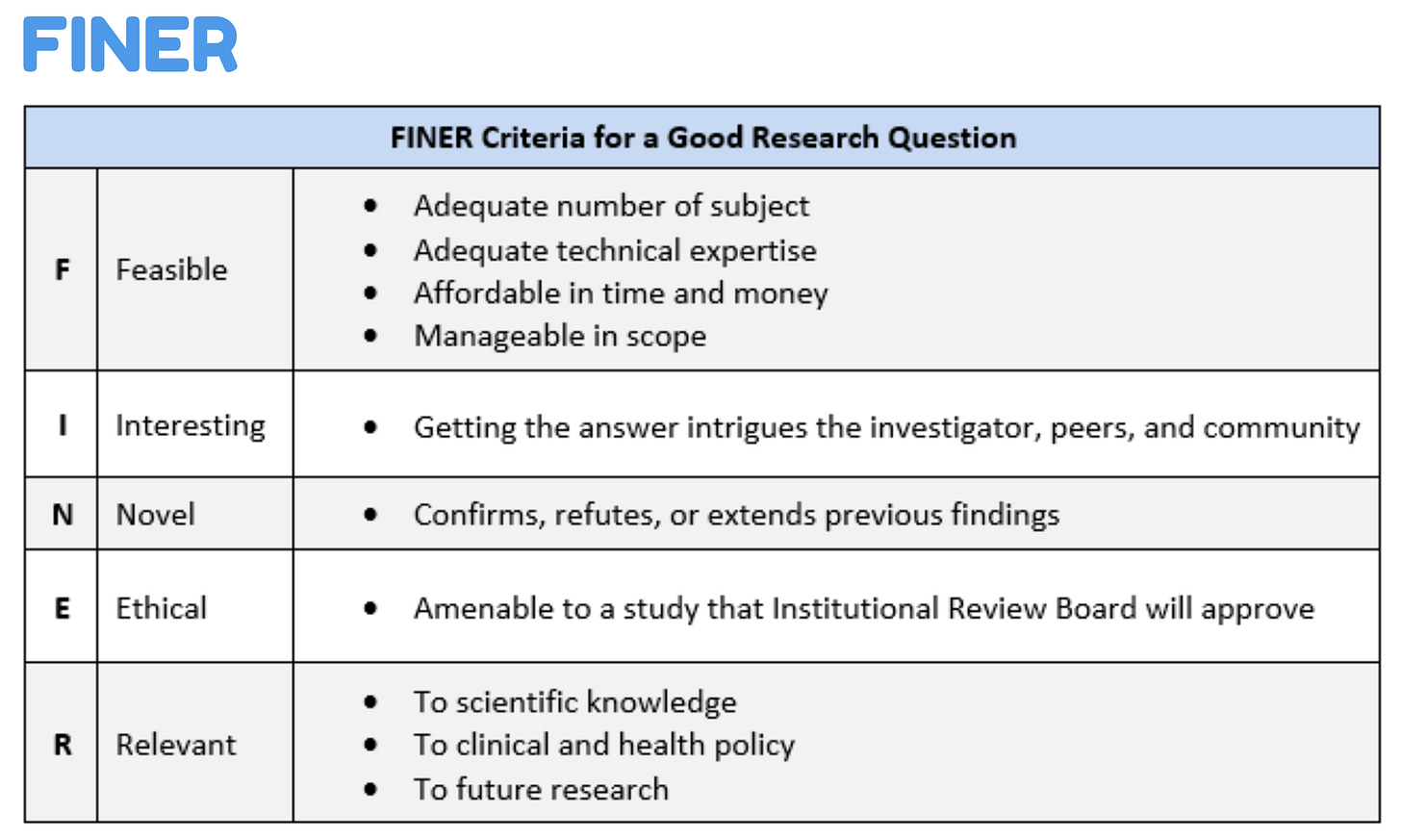

Very insightful, thanks John! Do you have examples of completed boards to further understand this process?
This is a great example of how to make the diverge/converge pattern applicable to many kinds of problems beyond feature dev. I've been wondering whether this pattern can make a jump out of "product" entirely, and become a part of an entire company's way-of-working--top of mind for me for my Shuffleboard project. Thanks John.